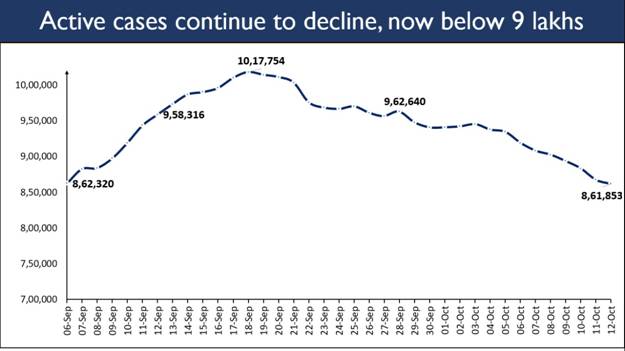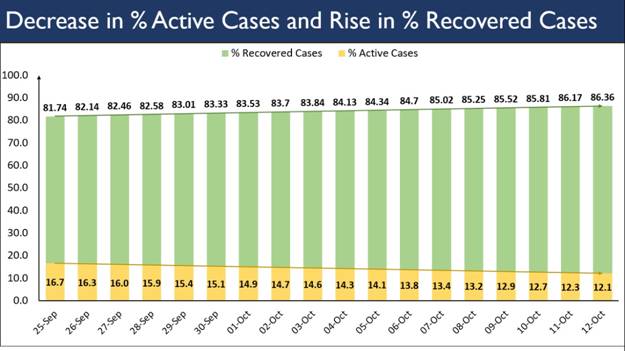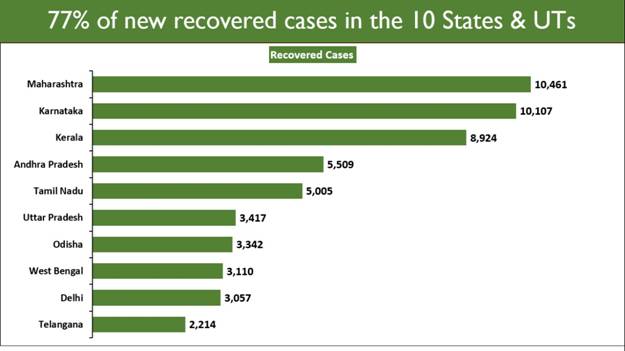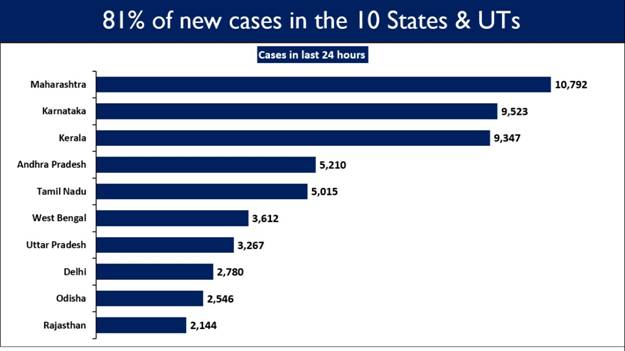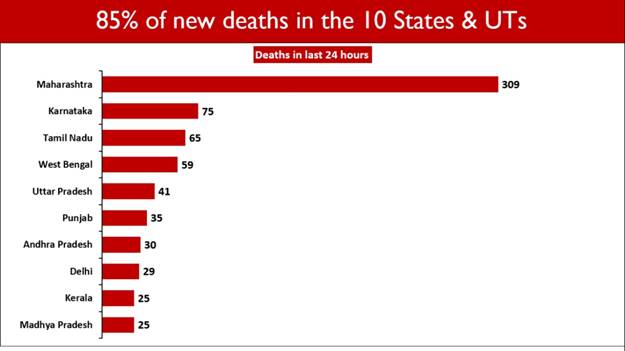Vijay Kranti, Expert on China and Tibet affairs, author, traveler, photographer, a former staffer of BBC, WORLD TV, Deutsche Welle (German), Radio Voice of America, media educationist.
In a series of daring adventures between 2003 and 2010, Vijay Kranti, an expert on China and Tibet affairs, travelled incognito on a tourist visa deep into Tibet and China on eight separate occasions. Equipped with his camera, he captured vivid details of Chinese suppression of Tibetan art, culture, religion and people and development of military infra along India’s border. While doing so he narrowly survived the scrutiny of suspecting Chinese authorities on many occasions. He has penned about a dozen books. In an interview to Dipankar Chakraborty, he speaks about China and Tibet, his association with Tibetan Spiritual leader Dalai Lama, current standoff between India and China in Ladakh and its impact on global strategic equations. Excerpts:
The Statesman: You have been among a very few Indians who
have toured incognito deep into Tibet and in some parts of China. How easy or
difficult it was to do so?
Vjay Kranti: Since beginning of first decade of this
Century, China got keen to make billions of touro-dollars through tourism in
Tibet. So I planned my tours in a way to cover almost entire Tibet and some
parts of China as an ordinary tourist who had keen eyes of a journalist. In all
I have travelled about 5000 km within Tibet and China. It was perfectly legal
way every time, but still there was a great risk of meeting similar fate as of Sarabjit
or Jadhav.
Do you find any
correlation between what you saw in Tibet then and what is happening today at
Galwan or all along the LAC?
Sure. All along these eight years of my travels inside Tibet, my
one consistent observation was that China was desperately developing roads and
military establishments all over Tibet, especially along borders with India.
They were also developing new townships and the railways. But one could easily
make out that it was not for the convenience of the colonized Tibetan subjects.
It was too obvious to miss that entire exercise was to create facilities for on
or other military purpose and to develop new towns for settling millions of new
citizens from China to change the demography of Tibet. In one of my early
visits I saw dozens of Tibetan labour groups digging a trench parallel to the
500 km long road from Dram (Nepal) to Shigatse in Tibet. It must have been for
optical fiber. Unfortunately India remained sleepy along its Himalayan borders
all along past seven decades.
Why China has started
this confrontation with India at this juncture? Where is the
present standoff between India and China heading to?
VK: To me this all appears more related to China’s internal
political situation, especially the fresh power struggle within Chinese
Communist Party than anymajor dispute with India. In his hurry to install
himself as lifelong supreme leader of China like late Chairman Mao, Xi Jinping
has started a campaign of purging his opponents in the CCP. In recent months he
has dismissed and arrested over 200 senior functionaries of the Party as well
as military officers. All of them are known supporters of senior and rival
leaders like Jiang Zemin, Hu Jintao and Zhu Rongji. Mao achieved the same goal
by using youths and school level ‘Red Guards’ in a decade long ‘Cultural
Revolution’. This ended up with almost every such potential opponent of Mao in
CCP either dead, arrested or politically demolished who could pose any threat
to his leadership in future. Today Xi is using the legal machinery underhis
official control as the General Secretary of CCP, Chairman of Central Military
Commission and President of China in the name of ‘fighting corruption’.
If he is involved so
deeply in internal power struggle then why PLA’s misadventure on Indian
borders, especially in Ladakh?
VK: His plans of
confronting India in Ladakh and other places along the LAC went haywire as his
assessment about India’s military capabilities proved wrong. He was hoping to
emerge as a victorious ‘national hero’ after ‘winning back’ China’s ‘lost land’
to India. His fresh aggressive actions in the South China Sea, East China Sea
and Hong Kong etc too were aimed at diverting attention of the people of China
to overlook his misadventures in the CCP and economic failure due to the Wuhan
virus Covid-19.
China’s belligerence on the military front against all these
countries and the enormous damage caused by the Wuhan virus on the life and
economy of these countries has brought them together. Earlier China used to
threaten them separately and could get away with it. Soon you will start seeing
the impact of economic, political and military decisions which these and many
other countries have already started taking against China independently or in
tandem with each other.
How this is going to
impact position of Xi Jinping?
First, the resolve of most of countries world over to reduce
their dependence on business with China and Chinese products has already lead
to cancellation of business orders in China. Hundreds of thousands production
sites have either stopped production or are working in a minimal production
mode. Process of laying offlabour has already started. As a result 10 to 30 million migrant workers have already
left for their homes in remote areas. This is result of non-coordinated efforts
among various countries. You just wait for an orchestrated economic push from
some newly forming anti-China blocks of countries and you will see the Red-Pie
crumbling. The very first victim is going to be Xi Jinpinghimself whom the CCP
and public opinion is going to lynch – at least politically.
Any chances of a
public uprising in China in a situation like this?
No one should be surprised if a TienAnmen Square type uprising
of 1989 type happens in a very new form all over China. In 1989 it happened
despite the fact that there was no internet and Chinese people relied
exclusively on Party controlled information. Moreover that youth generation was
made up of poetic-revolutionaries who would paste hand written poems on walls
to express their anger. But new Chinese generation is internet savvy and has
tasted blood of prosperity, luxury and personal comfort. Their aspirations come
from Deng’s dictum “Being Rich is a Virtue”. Their uprising will crush anyone –
evenXinJinping or the CCP, who comes in the way of their personal and
collective interests.
Today Chinese think
tanks are warning India of ‘repeating 1962’ and Indian establishment is
repeatedly saying that 'today’s India is different from India of 1962’.What
does it mean?
We must understand that when China attacked India in 1962 then
not only India was militarily unprepared and weak, it also had no friends who
could stand by India in the war. Even USA who could have helped India in a big
way due to its strong allergy to Communism, could not do much because of the
Cuban nuclear crisis on its own door steps. Today not only India is well
prepared on military grounds, it has a hue of friends across the globe who will
join hands India to settle their own scores with China.
Do you think the
stalemate atGalwan and the subsequent occupation of vantage positions by Indian
forces on top of the hills overlooking Chinese deployment can be the game
changer?
Yes, sudden drop in China’s arrogance vis-à-vis India in Ladakh
following occupation of vantage heights in Ladakh by Indian Army gives that
impression. By occupying these heights the Indian Army has practically undone
most of advantages that PLA had acquired by quietly advancing in Galwan and
most other areas. These occupations have practically brought almost entire
fortifications of PLA on the frontal as well as backup positions under direct
scrutiny and hitting capability of Indian Army. This practically means freezing
PLA in current positions at least until a full blown war takes place.
Actually Xi’s PLA was so overconfident about their military
superiority over India that they were hoping to conquer Galwan and adjoining
Ladakhi areas in a jiffy.
They had plansto further secure their grip on already occupied
Aksai Chin and to make fresh advances towards Siachen to make it difficult for
Indian forces to maintain their hold on it. But they are stunned by Indian
Army’s resolute response. This has turned the tables on PLA and Xi who were
hoping to use their Ladakh victory to
score points on Xi’s political rivals inside China. Now Xi will surely have to
face music on this and many other accounts in the forthcoming 20th
Congress this October.
Why there is not much
discussion on a nuclear-China and a nuclear-India? Are there chances of a
nuclear faceoff between the two in the light of present conflict?
Let us not forget that in present world situation nuclear
weapons have become too prolific to be an asset. They are useful onlytillthey
are not used. No sensible leader, who cares even an iota for the future of his
country, will make the first strike. India has already graduated its nuclear
policy from ‘no use’ to ‘no first use’. And China cannot afford making a first
strike on India, or for that matter, on any other country like Japan or Taiwan.
Doing so will be like issuing an open license to all those nuclear powers who
just can’t afford to live in a world where China comes victorious over another
country after a nuclear attack. If China fires one, it will get back a shower
from India and many others who are not even directly provoked.
How can India counter
'One China' policy effectively?
Originally PRC’s ‘One China Policy’ was limited only to Formosa
(Taiwan). Mao wanted that no country should recognize the ‘exile’ government of
Chiang Kai-shek in Formosa. But PRC
wants the world to also keep mum on its occupation of three independent
countries namely South Mongolia, East Turkistan (Xinjiang) and Tibet and accept
them as ‘integral parts of China’. Now Beijing wants same treatment on Hong
Kong also. Since China has done everything in its control to break Kashmir and
some of the North-Eastern states from India, the only way of countering China’s
‘One China Policy’ is that New Delhi should stand up for the cause of these
Chinese colonies.
You have closely worked with the supreme Tibetan leader the
Dalai Lama for almost five decades. What future do you see for him and the
Tibetan people in the changing India-China relations?
VK: Dalai Lama has been
making all possible efforts to establish peace and understanding between China
and Tibet while no government of the world stood by him. But the havoc created
by the Chinese Wuhan virus on people’s safety and the world economy and Beijing
leader’s decision to pick up fight with so many countries across the world has
changed the world in a big way. You may soon see a host of countries standing
up for the freedom of China’s colonies like Tibet, East Turkistan (Xinjiang),
South Mongolia and Honk Kong only to ensure an utterly weak China. Dalai Lama
can now hope for a free Tibet sooner than he could anticipate.
If you were to advise
the Indian government on China affairs, what top things you would suggest to ensure that the border
dispute is settled for once and all?
One basic suggestion is that GOI and people of India should stop
remaining focused only on the border dispute and confrontation. At the best
India can only defend its current positions by remaining vigilant, tense and
paying ever increasing costs. In the new emerging world scenario India must
identify China’s vulnerable points and hit where it hurts China most and costs
India less. One area is raising cases of human rights of people of Tibet, East
Turkistan, South Mongolia and Hong Kong on world forums. Second, India should
stand up by and join hands with countries like Taiwan, Japan, Australia,
Vietnam, Thailand and all others who feel threatened by China and are willing
to have India as a leading partner in challenging China on all possible fronts.
Third, join hands with other countries to stop China from usurping most UN and
other international forums. Fourth, take QUAD seriously and develop Andaman
& Nicobar Islands as a joint military hub to tame China in the Malacca
Strait and high seas. Fifth, challenge China on the diplomatic table by
demanding parity and reciprocity on issues like opening Indian Consulate office
in Lhasa; equal freedom for Indian media within China, Tibet, Xinjiangetc and
in the field of import export………. India only needs to shed down its inertia and change its gears. Doors of a new, assertive,
self-confident and self-respecting India will open up.






